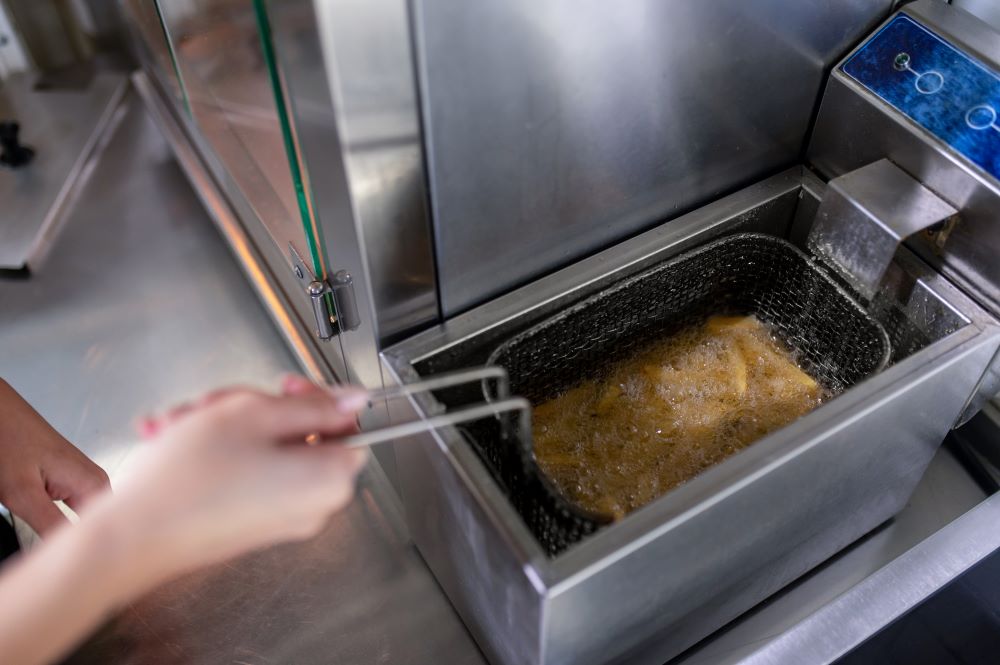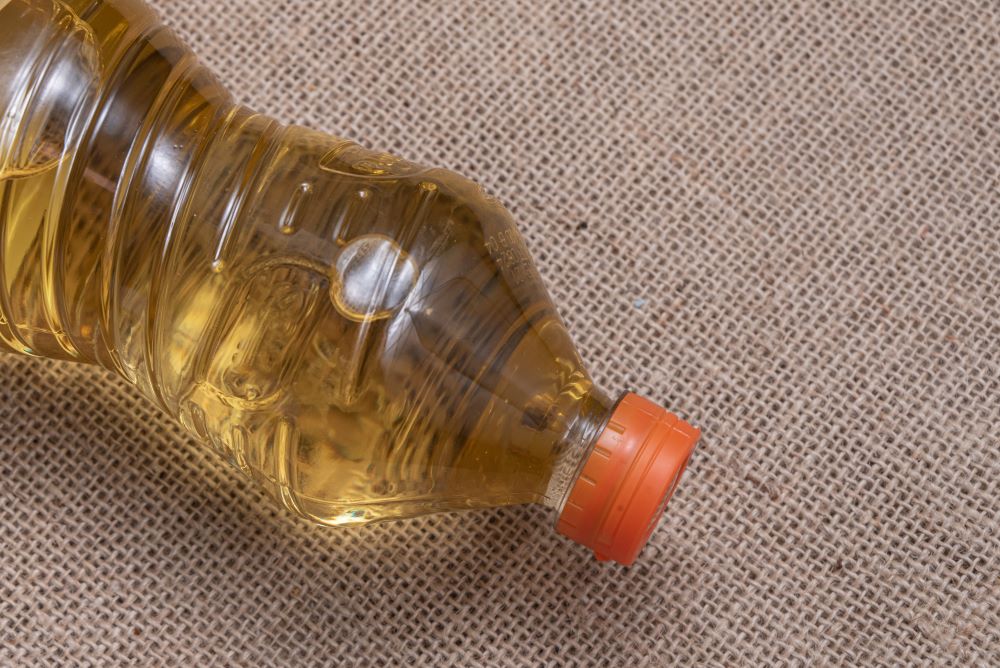Commercial deep fryers are crucial appliances in restaurants, food trucks, and other food service establishments. To guarantee the best performance and lifespan of your deep fryer, it is essential to manage the oil properly. In this article, we will answer common questions about oil usage, filtration, draining, and maintenance to help you optimize the usage of your commercial kitchen equipment.
How Much Oil Does a Commercial Deep Fryer Use?
The amount of oil required for a commercial deep fryer depends on its size and capacity. As a general rule of thumb, fill the fryer basket with enough oil. Ensure it’s sufficient to submerge the food completely while allowing room for expansion. Refer to the manufacturer’s guidelines for specific recommendations based on your fryer’s dimensions.
How Often to Change Oil in a Commercial Deep Fryer?
The frequency of oil changes in a commercial deep fryer depends on several factors, including the type of food being fried, the volume of frying, and the quality of the oil. As a general guideline:
- Daily. For high-volume frying operations or when frying foods with strong flavors (e.g., fish), consider changing the oil daily to maintain freshness and quality.
- Weekly. In moderate-volume settings, oil changes may be necessary once or twice a week to prevent the buildup of contaminants and maintain food quality.
- Monthly. In low-volume environments or when using high-quality oil with additives for extended frying life, oil changes may be sufficient on a monthly basis.
Regular monitoring of the oil’s color, odor, and taste can also help determine when it’s time to change it. Additionally, using oil filtration systems can help extend the lifespan of the oil between changes.

How to Drain and Filter Oil from a Commercial Deep Fryer?
- Cool the Oil. Allow the oil to cool to a safe temperature before attempting to filter or drain it. Hot oil can cause burns and is more difficult to handle.
- Prepare the Filtration Equipment. Set up a filter cone or paper filter in a clean container. Place the container under the fryer’s drain valve.
- Drain the Oil. Open the drain valve on the fryer to allow the oil to flow into the filter container. Use a ladle or skimmer to remove any debris or food particles from the surface of the oil.
- Filter the Oil. Slowly pour the oil through the filter cone or paper filter to remove impurities. Repeat the process if necessary until the oil appears clean and clear.
- Store the Filtered Oil. Transfer the filtered oil to a clean, airtight container for storage until it’s ready to be used again.
- Dispose of the Oil. Once the oil has been drained and filtered, seal the container and properly dispose of the used oil according to local regulations.
By following these steps, you can effectively manage the oil in your commercial deep fryer. This ensures optimal performance and food quality.
Regular Maintenance and Cleaning
In addition to using oil properly, it is important to clean your commercial fryer regularly to remove accumulated grease and soot. For tips on cleaning your air fryer, check out our article The Ultimate Commercial Deep Fryer Cleaning.
In conclusion, proper oil management is essential for maintaining the efficiency and quality of your commercial deep fryer. By following these guidelines for oil usage, filtration, draining, and maintenance, you can maximize the performance and longevity of your fryer while ensuring the safety and satisfaction of your customers.
